Christ Is Born as Man's Redeemer (Episode from the Story of the Redemption of Man)
This tapestry with its rich and complex imagery is the fourth in a series of ten expounding the story of Christ’s redemption of mankind. The series reveals, on the one hand, mankind’s fall from grace and its inability to resist temptation in spite of the assistance offered by the Virtues, and, on the other, Christ’s mission to reconcile mankind with God and thus achieve redemption. The content of these extended visual narratives is drawn from Christian scriptures as well as from medieval allegory, poetry, and drama, and is perhaps based ultimately on a mystery or morality play. Trees, flora, and waterways separate the various episodes. (The subjects are identified and the inscriptions translated in the line drawing.)
The individual scenes in the tapestry have counterparts in contemporary panel paintings by Netherlandish artists, notably Rogier van der Weyden. It may be that the unknown designers of the series were painters or were active in a workshop that included painters. The quality and style of the weaving suggest that the series was created in Brussels. This tapestry and seven others from the series were in the collection of Juan Rodríguez de Fonseca, bishop of Burgos from 1514 until his death in 1524.
#116. Christ Is Born as Man's Redeemer (Episode from the Story of the Redemption of Man), Part 1
-
116. Christ Is Born as Man's Redeemer (Episode from the Story of the Redemption of Man), Part 1
-
117. Christ Is Born as Man's Redeemer (Episode from the Story of the Redemption of Man), Part 2
-
118. Christ Is Born as Man's Redeemer (Episode from the Story of the Redemption of Man), Part 3
Playlist
Due to rights restrictions, this image cannot be enlarged, viewed at full screen, or downloaded.
This artwork is meant to be viewed from right to left. Scroll left to view more.
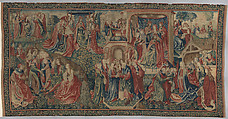

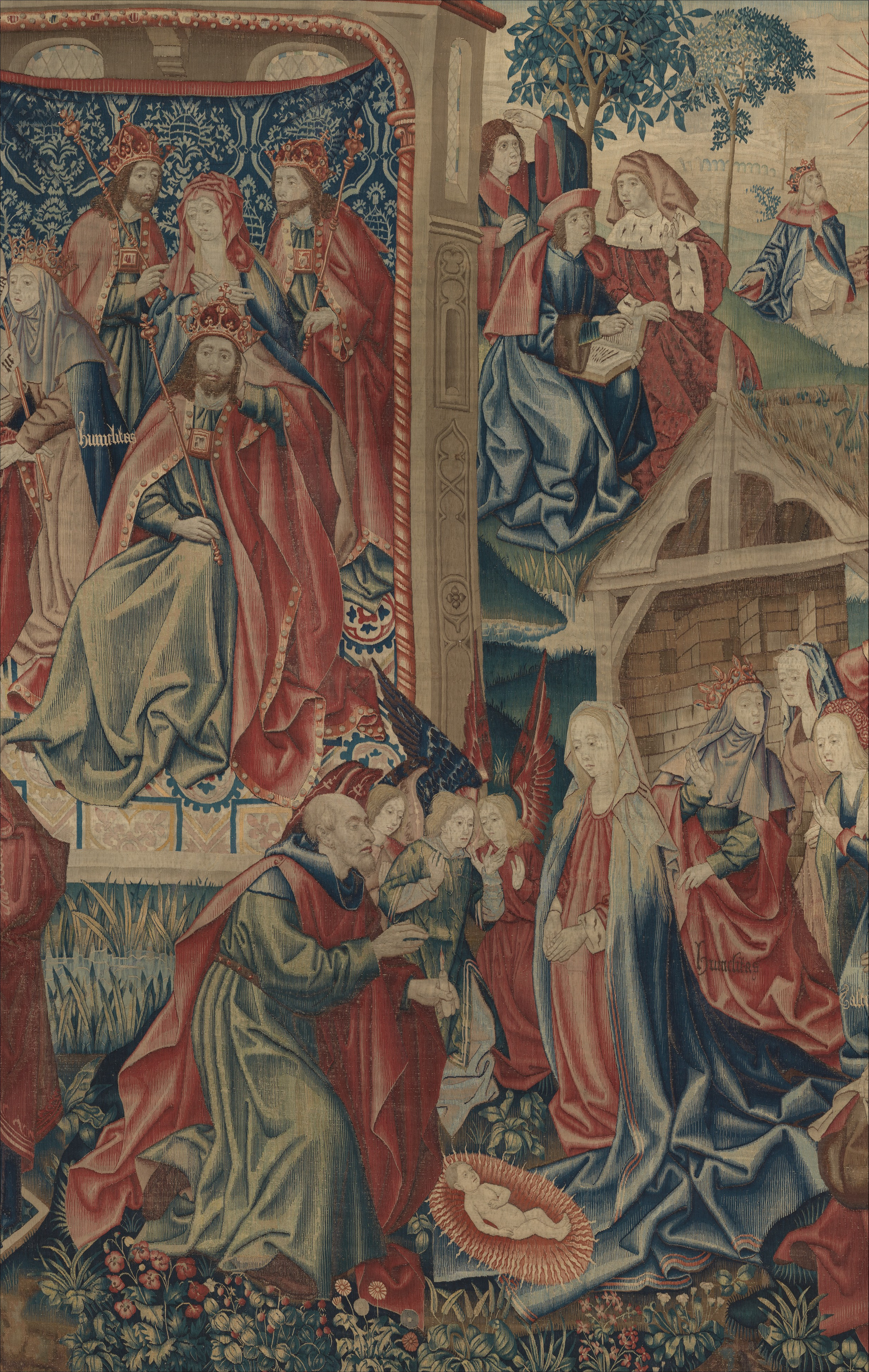
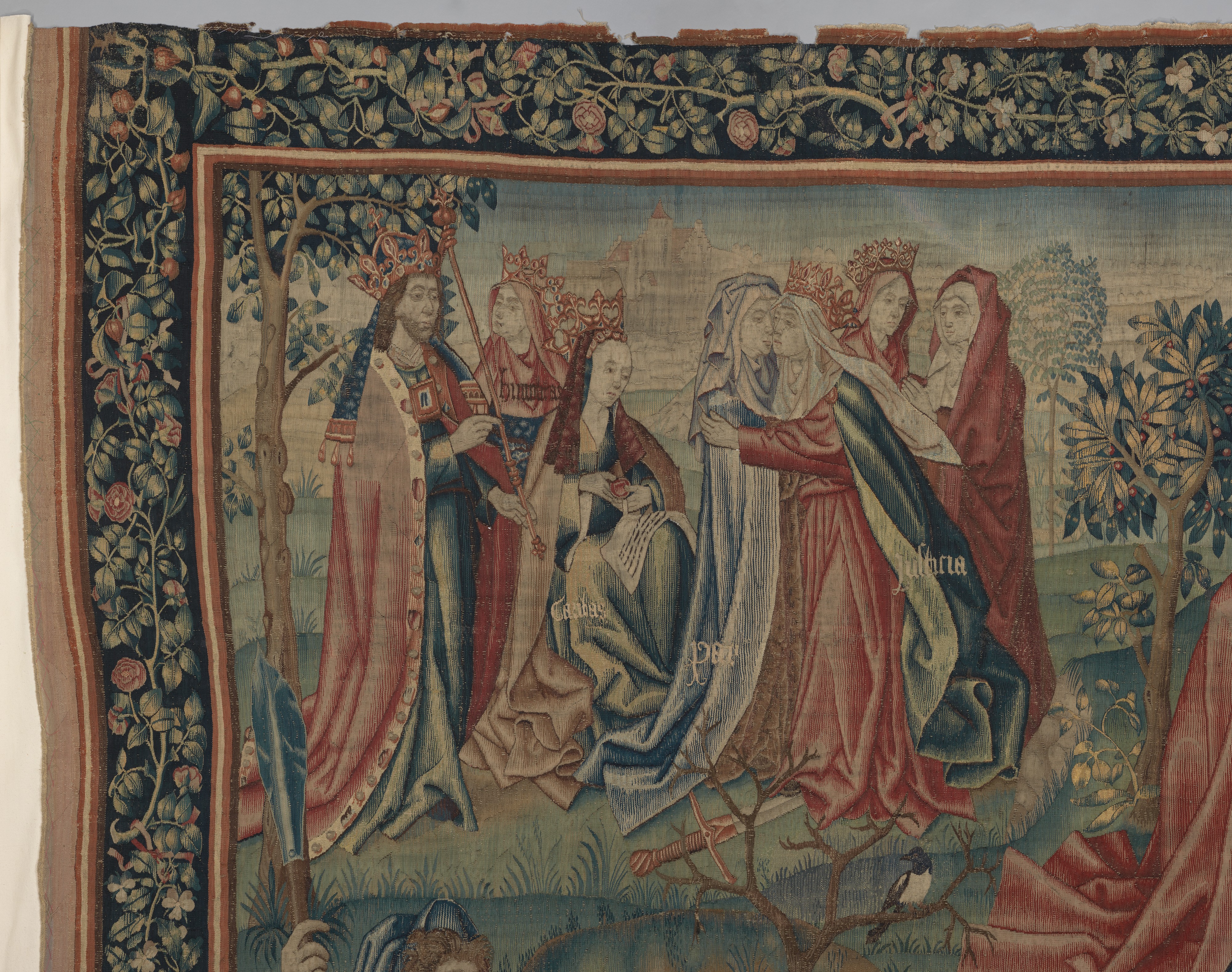

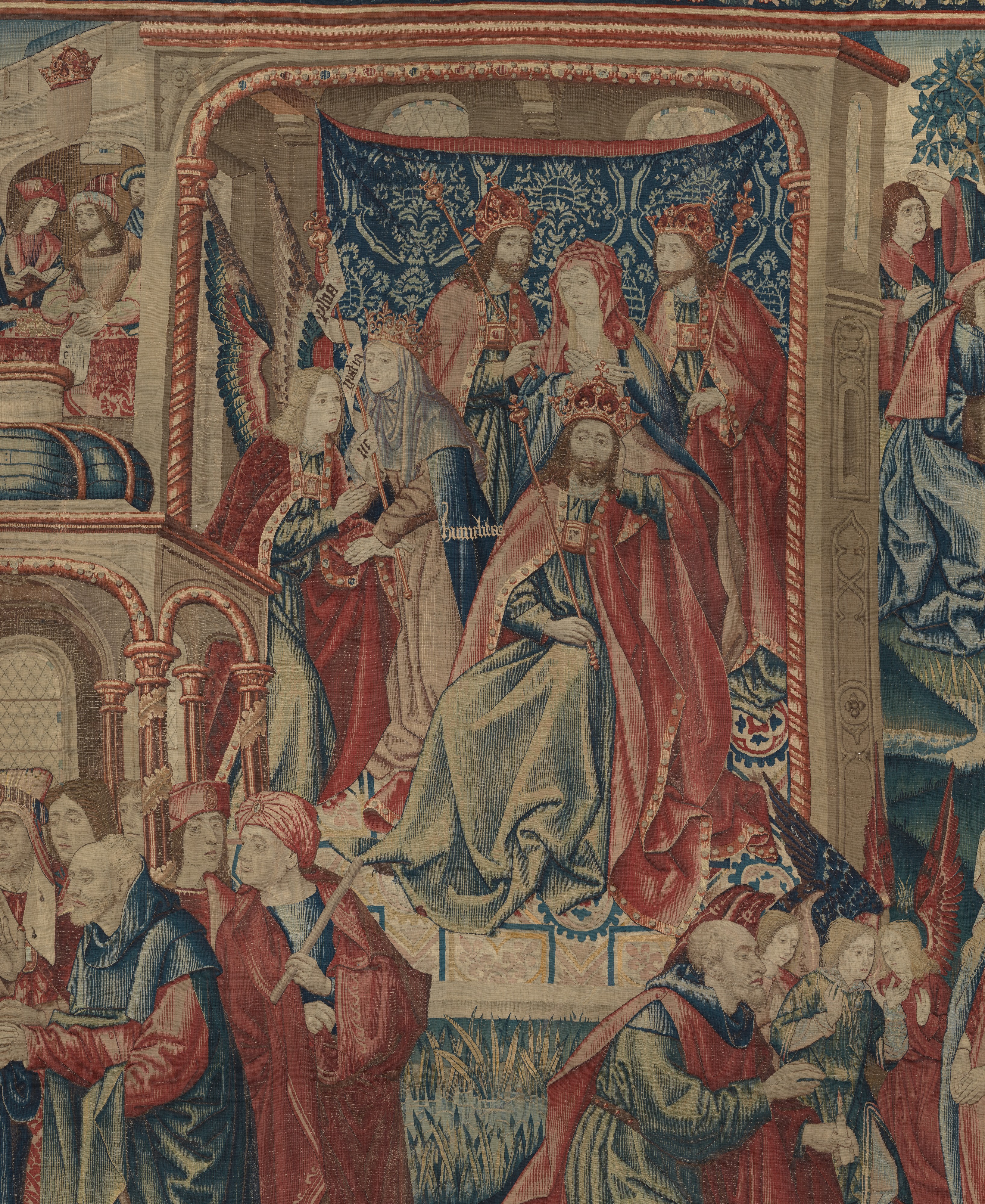

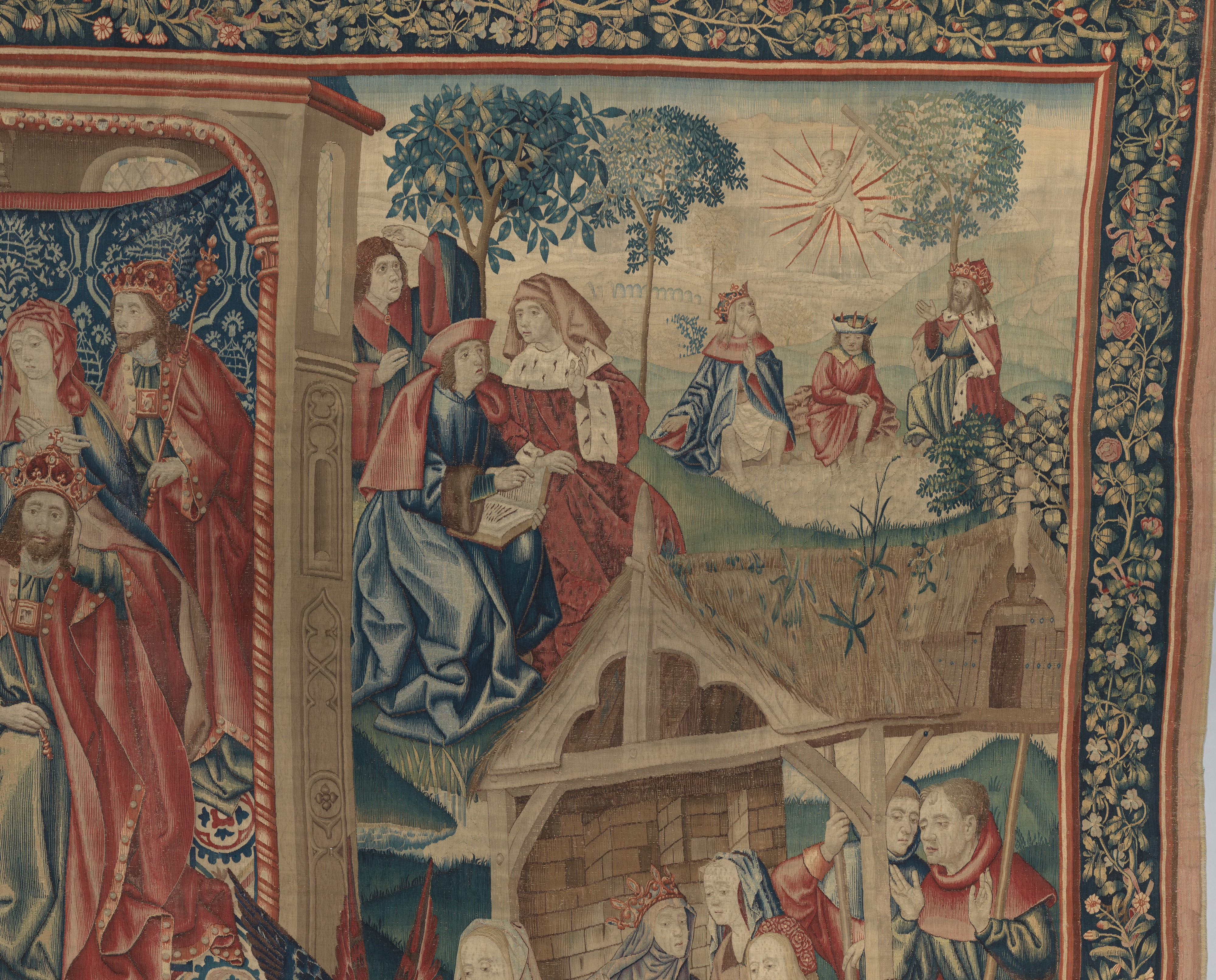
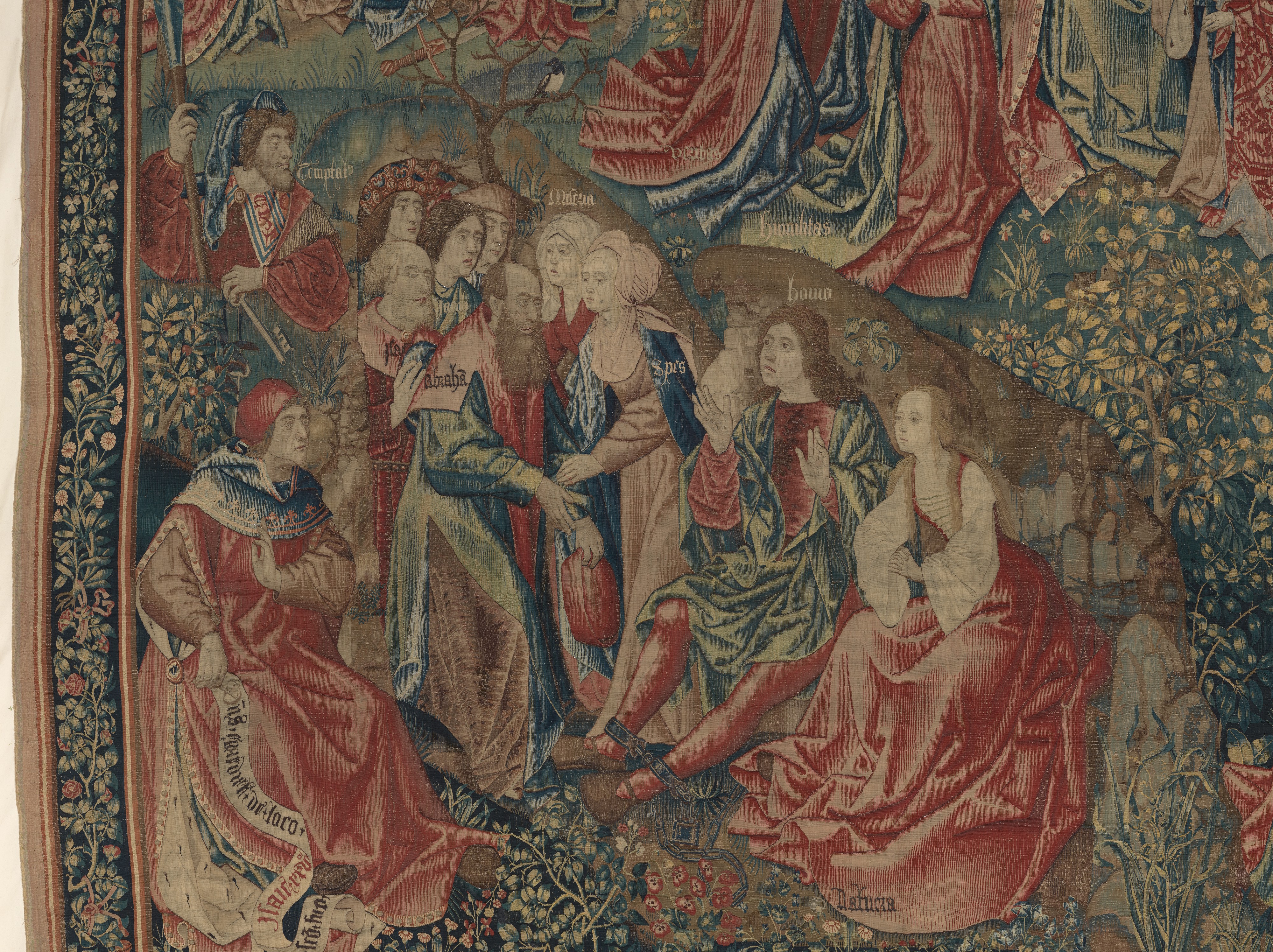
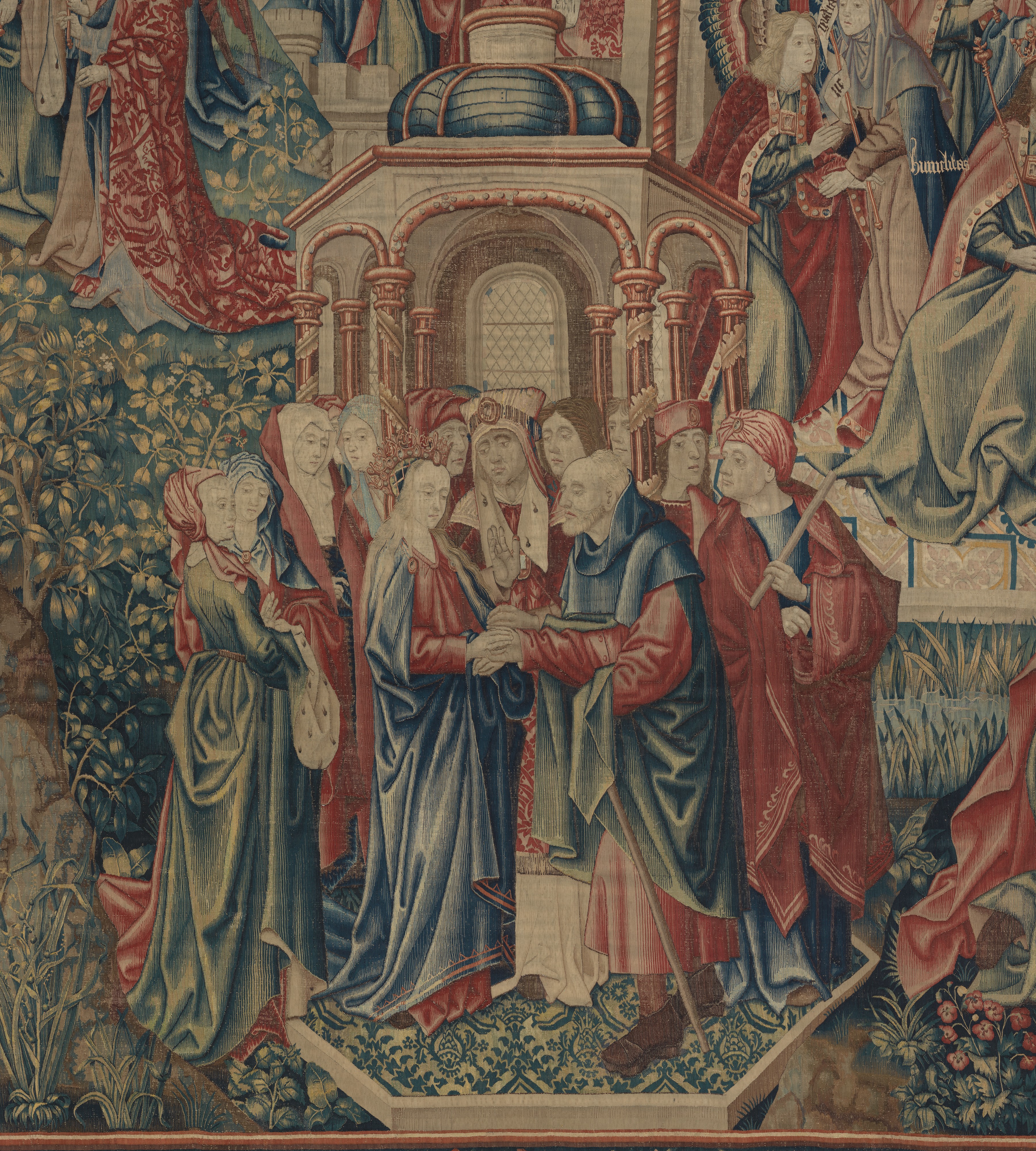

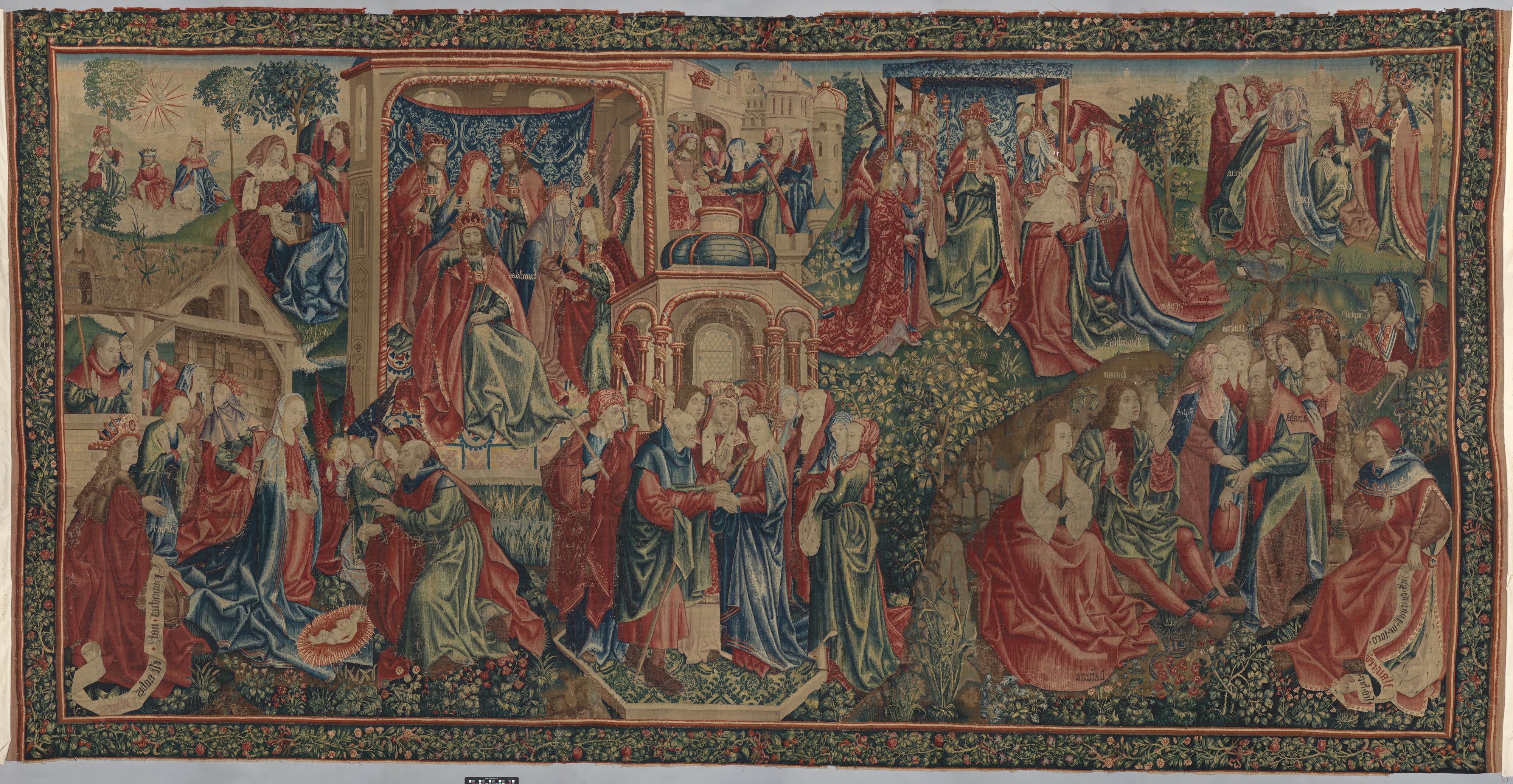
![Abraham Entertaining the Angels from Scenes from the Lives of Abraham and Isaac [Left: front; Right: back]. Flemish, ca. 1600 (41.100.57e)](https://www.metmuseum.org/-/media/images/blogs/now-at-the-met/2014/tapestrydyes_header.jpg?sc_lang=en&hash=798FAFF3004EA6A40B7E70260182FB5B)
